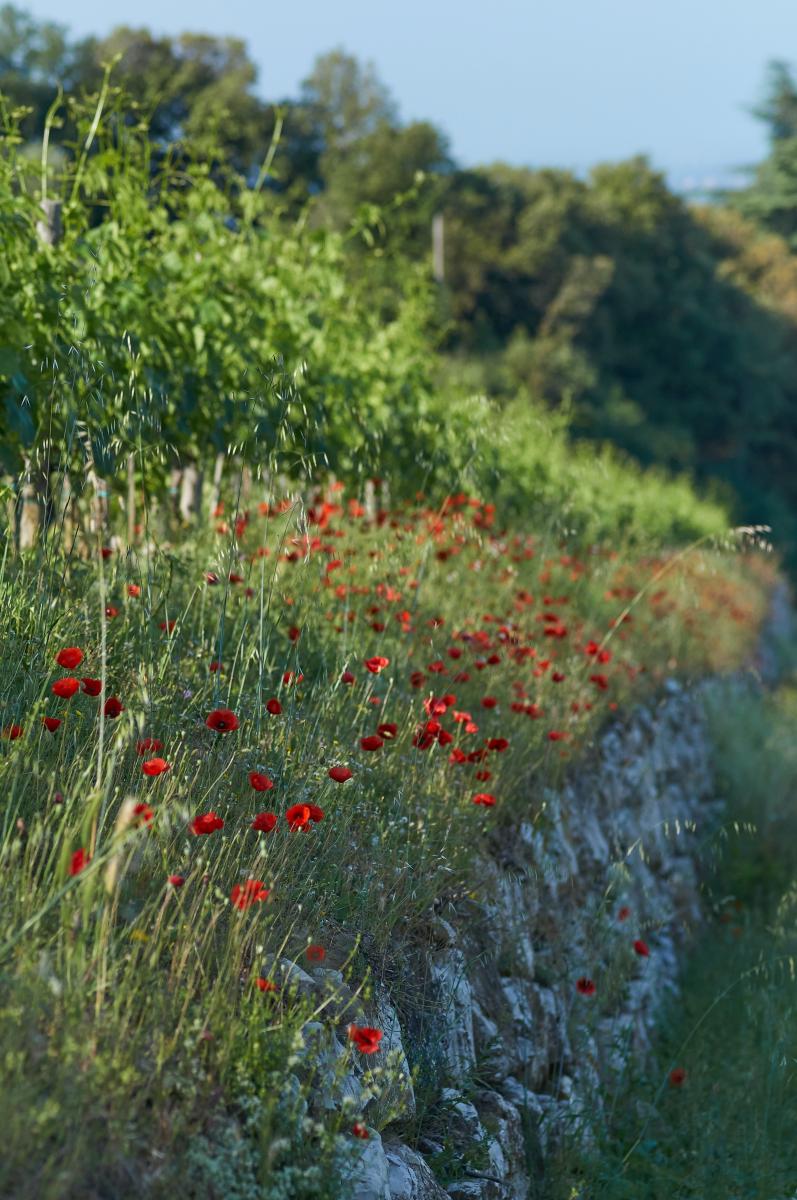Hedgerows and flower strips increase natural pest control and pollination, but not all floral plantings are considered equal

Hedgerows and flower strips are often planted among crops to boost beneficial insect populations, but there are few comprehensive studies that compare different types of floral plantings for their impacts on the services beneficial insects can provide like natural pest control and pollination. A recent quantitative synthesis published in Ecology Letters brought together studies from across the globe to show that while floral planting can increase services by beneficial insects, not all plantings are equally effective. The study found that flower strips are most effective for promoting natural pest control, while older and more diverse hedgerows are most effective at promoting pollination. The study synthesized studies from North America, Europe and New Zealand to assess the effectiveness of various type of hedgerow plantings and flower strips on natural pest control services (18 studies) and pollination (17 studies) provided to adjacent crops. While flower strips and hedgerows are often planted with the intention of promoting both natural predators and pollinators, this study found that only flower strips enhanced natural pest control and hedgerows increased pollination, but only on the crops closest to the hedgerows and when those hedgerows were older and included a diversity of flowering plants. These results show that details do matter, and they will help inform farmers and organic certifiers who are looking to reduce chemical pest management and boost natural populations of bees.
Banner Photo Credit: Sebastien Marchand; unsplash.com
Photo Credit: Wolfgang Hasselmann; unsplash.com


